A dive into how Metals works
Chris Kipp

A little about me
- Software engineer at Lunatech
- Big Neovim fan
- Enjoy working on tooling
- One of the current Metals maintainers and author of the Metals Nvim/Vim extensions


@ckipp01

https://www.chris-kipp.io/slides/slides-a-dive-into-how-metals-works
Scalameta

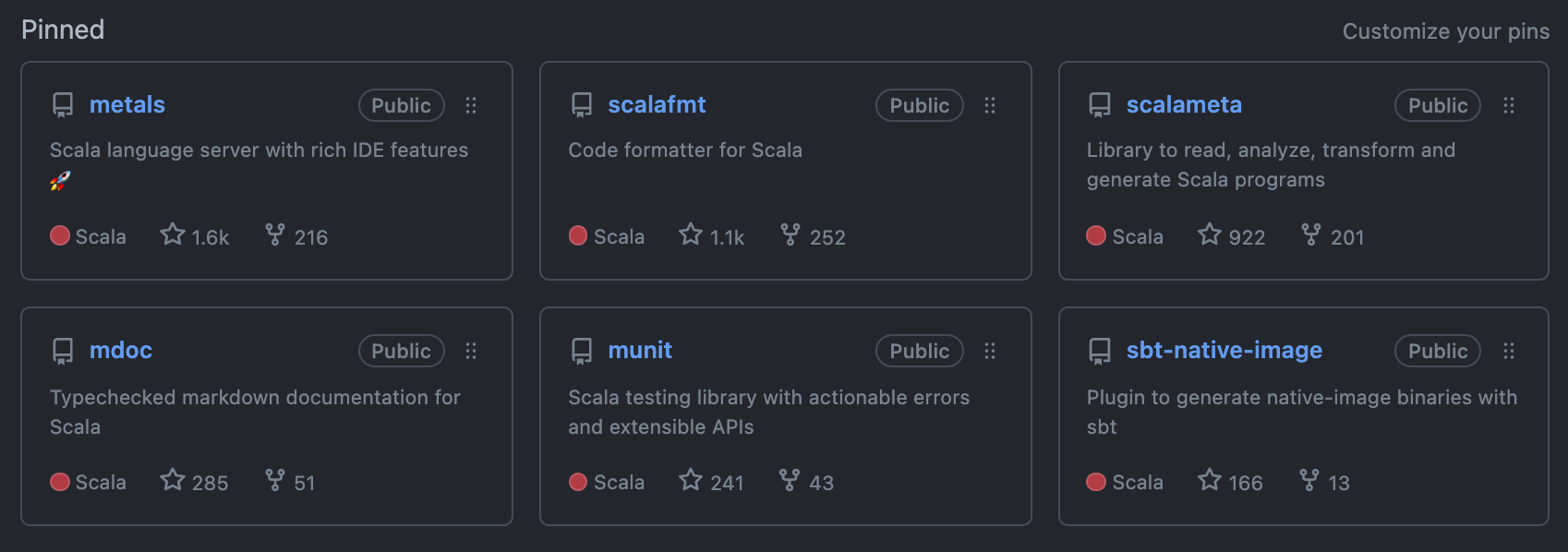






Vadim Chelyshov
Gabriele Petronella
Olafur Geirsson
Tomasz Godzik
Plus so many more
What's so confusing?



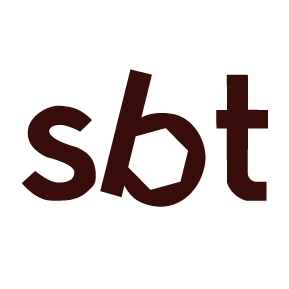

Metals
LSP
BSP
DAP

SemanticDB

dotc
Bloop
Neovim
What is Metals?

-
Scala language server with rich IDE features
-
Provides language features like auto complete, go to definition, find all references etc.
- Work with any editor that knows LSP... more or less
- Scalameta + Language Server --> Metals
What is LSP?


The matrix problem

LSP
The idea behind the Language Server Protocol (LSP) is to standardize the protocol for how tools and servers communicate, so a single Language Server can be re-used in multiple development tools, and tools can support languages with minimal effort.
https://microsoft.github.io/language-server-protocol/
LSP

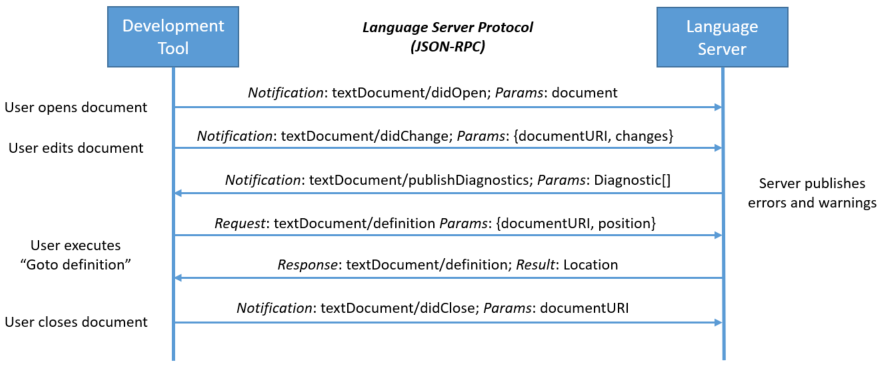
https://microsoft.github.io/language-server-protocol/overview
LSP

[Trace - 11:53:10 AM] Sending notification 'window/showMessage'
Params: {
"type": 4,
"message": "Compiling root 2s"
}
[Trace - 11:53:10 AM] Sending notification 'textDocument/publishDiagnostics'
Params: {
"uri": "file:///.../test-project/src/main/scala/example/Other.scala",
"diagnostics": []
}
[Trace - 11:53:10 AM] Sending notification 'window/logMessage'
Params: {
"type": 4,
"message": "INFO time: compiled root in 2.67s"
}
LSP



LSP Client
Neovim
LSP Server
Metals
LSP
RPC-JSON
Communication
Cool, so Metals then compiles my code?

No


The matrix problem...
again

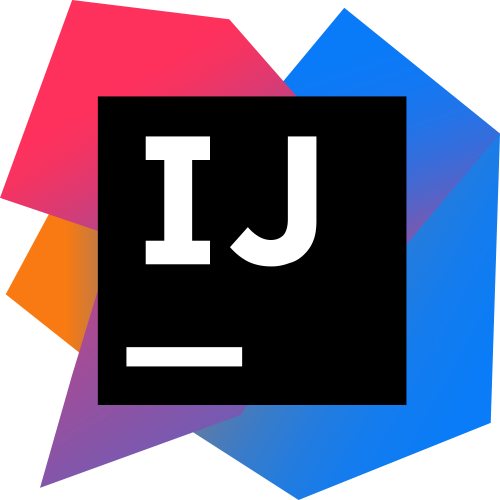



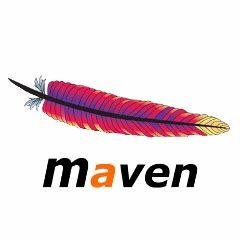


Build Server Protocol

Protocol for IDEs and build tools to communicate about compile, run, test, debug and more.
https://build-server-protocol.github.io/
BSP



BSP Client
Metals
BSP Server
Bloop
BSP
RPC-JSON
Communication
BSP

[Trace - 03:17:38 PM] Sending request 'buildTarget/scalaTestClasses - (10)'
Params: {
"targets": [
{
"uri": "file:/Users/ckipp/Documents/scala-workspace/sanity/project/?id\u003dsanity-build"
}
]
}
[Trace - 03:17:38 PM] Received response 'buildTarget/scalaMainClasses - (9)' in 5ms
Result: {
"items": [
{
"target": {
"uri": "file:/Users/ckipp/Documents/scala-workspace/sanity/project/?id\u003dsanity-build"
},
"classes": []
}
]
}



What's so confusing?

LSP
BSP
Wait, but how does
<enter build server here>
actually know about my Build?


Situation 1

❯ sbt bspConfig
[info] welcome to sbt 1.5.5 (GraalVM Community Java 11.0.11)
[info] loading global plugins from /Users/ckipp/.sbt/1.0/plugins
[info] loading settings for project sanity-build from plugins.sbt ...
[info] loading project definition from /Users/ckipp/Documents/scala-workspace/sanity/project
[info] loading settings for project sanity from build.sbt ...
[info] set current project to sanity (in build file:/Users/ckipp/Documents/scala-workspace/sanity/)
[success] Total time: 0 s, completed 18 Jul 2021, 14:41:15
~/Documents/scala-workspace/sanity 7s
❯ bat .bsp/sbt.json
───────┬───────────────────────────────────────────────────────────────────────────────────────────────────────────────────────────────────────────────
│ File: .bsp/sbt.json
───────┼───────────────────────────────────────────────────────────────────────────────────────────────────────────────────────────────────────────────
1 │ {"name":"sbt","version":"1.5.5","bspVersion":"2.0.0-M5","languages":["scala"],"argv":["/Users/ckipp/.sdkman/candidates/java/21.1.0.r11-grl/bin
│ /java","-Xms100m","-Xmx100m","-classpath","/Users/ckipp/Library/Application Support/Coursier/bin/sbt:/Users/ckipp/Library/Caches/Coursier/v1/h
│ ttps/repo1.maven.org/maven2/io/get-coursier/sbt/sbt-runner/0.2.0/sbt-runner-0.2.0.jar:/Users/ckipp/Library/Caches/Coursier/v1/https/repo1.mave
│ n.org/maven2/org/scala-sbt/sbt-launch/1.5.5/sbt-launch-1.5.5.jar","xsbt.boot.Boot","-bsp","--sbt-launch-jar=/Users/ckipp/Library/Caches/Coursi
│ er/v1/https/repo1.maven.org/maven2/org/scala-sbt/sbt-launch/1.5.5/sbt-launch-1.5.5.jar"]}Your build tool can be your build server

Situation 2
Bloop is your build server using Build Export

❯ ./mill mill.bsp.BSP/installBuild definition
Bloop definition


What's so confusing?

LSP
BSP


Build Definition
Situation 1


What's so confusing?

LSP
BSP

Build Definition
Situation 2

Build Export
How does Metals then do
everything else?

The Scala Presentation Compiler

Version of the compiler that is specifically designed for IDE-like tooling that is:
- Asynchronous
- Interruptible at every point
- Can do targeted type-checking
- Can stop after a specific point (type-checking) and provide a partial result.
https://www.chris-kipp.io/blog/an-intro-to-the-scala-presentation-compiler
The Scala Presentation Compiler

- Completions
- Signature help
- Hover information
- Backup definition provider (in times when it's not found in SemanticDB)
- Insert inferred type
- Selection ranges
https://github.com/scalameta/metals/blob/main/mtags-interfaces/src/main/java/scala/meta/pc/PresentationCompiler.java
SemanticDB

SemanticDB is a data model for semantic information such as symbols and types about programs in Scala and other languages. SemanticDB decouples production and consumption of semantic information, establishing documented means for communication between tools.
https://scalameta.org/docs/semanticdb/guide.html
SemanticDB

~/Documents/scala-workspace/semanticdb-example
❯ tree -L 4
.
├── build.sbt
├── project
│ ├── build.properties
│ └── metals.sbt
│
└── src
└── main
└── scala
└── Main.scalaAn example app
SemanticDB

❯ pwd
semanticdb-example/.bloop/semanticdb-example/bloop-bsp-clients-classes/classes-Metals-ZrQOg_QhQGq6uyC-zEqr8A==/META-INF/semanticdb/src/main/scala
~/D/s/s/.b/s/b/c/M/s/s/m/scala
❯ metap Main.scala.semanticdb
src/main/scala/Main.scala
-------------------------
Summary:
Schema => SemanticDB v4
Uri => src/main/scala/Main.scala
Text => empty
Language => Scala
Symbols => 1 entries
Occurrences => 4 entries
Symbols:
_empty_/Main. => final object Main extends AnyRef with App
Occurrences:
[0:7..0:11) <= _empty_/Main.
[0:20..0:23) => scala/App#
[0:24..0:24) => java/lang/Object#`<init>`().
[1:2..1:9) => scala/Predef.println(+1).An example app
SemanticDB

Wait, but then how does that work to navigate around external sources?
SemanticDB

Interactive SemanticDB
SemanticDB that is produced on-demand using the Presentation Compiler


What's so confusing?

LSP
BSP

Build Definition

Build Export

SemanticDB
(on disk)
Presentation
Compiler

SemanticDB
(in memory)
Ok. But what about Debugging?

Debug Adapter Protocol

The Debug Adapter Protocol (DAP) defines the abstract protocol used between a development tool (e.g. IDE or editor) and a debugger.
https://microsoft.github.io/debug-adapter-protocol/
DAP


workspace/executeCommand
metals.debug-adapter-start

workspace/executeCommand
"name": "example.Main",
"uri": "tcp://127.0.0.1:63343"
Debuggee

Debugger

scalacenter/scala-debug-adapter


What's so confusing?

LSP
BSP

Build Definition

Build Export

SemanticDB
(on disk)
Presentation
Compiler

SemanticDB
(in memory)
DAP

Some bonus things.
Because we need more protocols and more arrows


What about worksheets?

LSP

mdoc
- There is no BSP communication for this
- mdoc is just used as a library
- The Scala version is dependant on where your worksheet is located
- What you have access to is dependant on where your worksheet is located
https://scalameta.org/mdoc/


What about Ammonite?

LSP
- Ammonite is the BSP server
-
Metals uses alexarchambault/ammonite-runner
- The Scala version is dependant on where your worksheet is located or a comment on the top of your file
Ammonite
BSP


What about Formatting?

LSP
- Still reads from your .scalafmt.conf file
-
Metals uses scalafmt as a library
- There are some extra goodies sprinkled in if you're using Scala 3
Scalafmt


What about Organize Imports?

LSP
- Still reads from your .scalafix.conf file
-
Uses liancheng/scalafix-organize-imports
- Probably more Scalafix integrations coming in the future

Scalafix

What's TVP?

Tree View Protocol
- Protocol for Metals to show various tree views
- Navigate external libraries and APIs
- Jump to places in your code base from the tree and vice versa
- Links to creating an issue or doing a clean compile
- Compilation information
